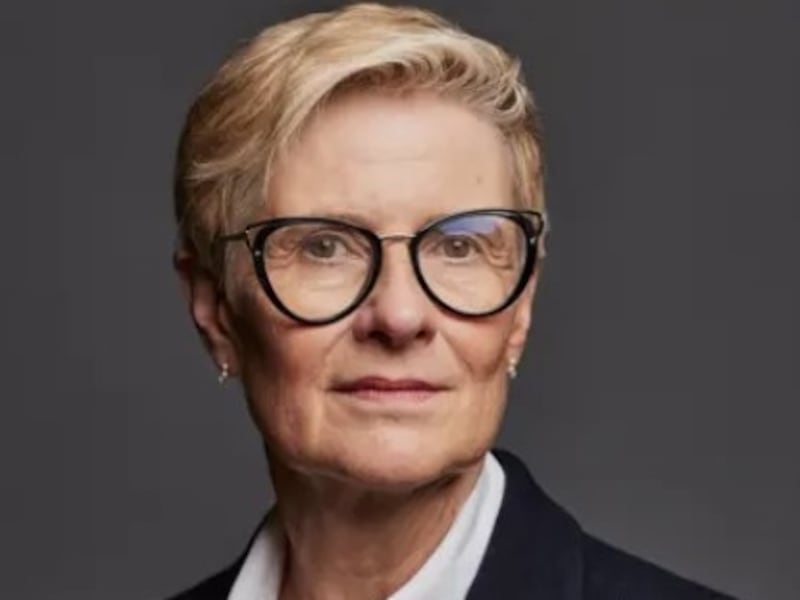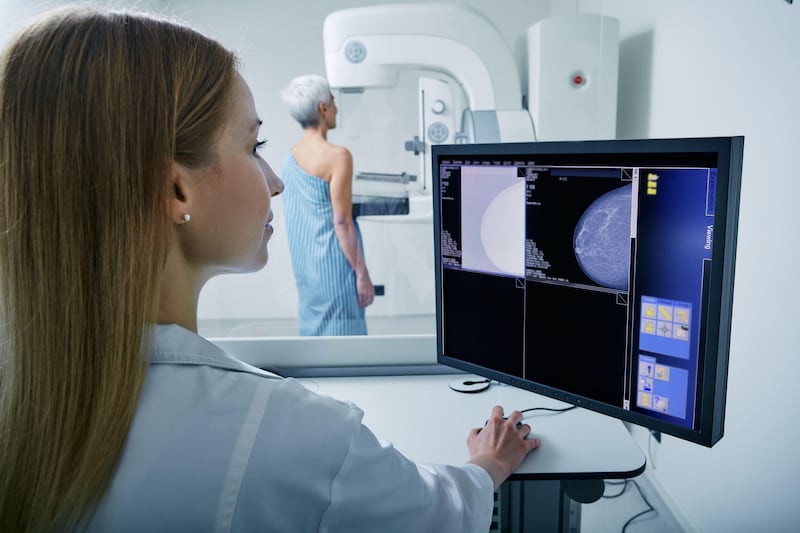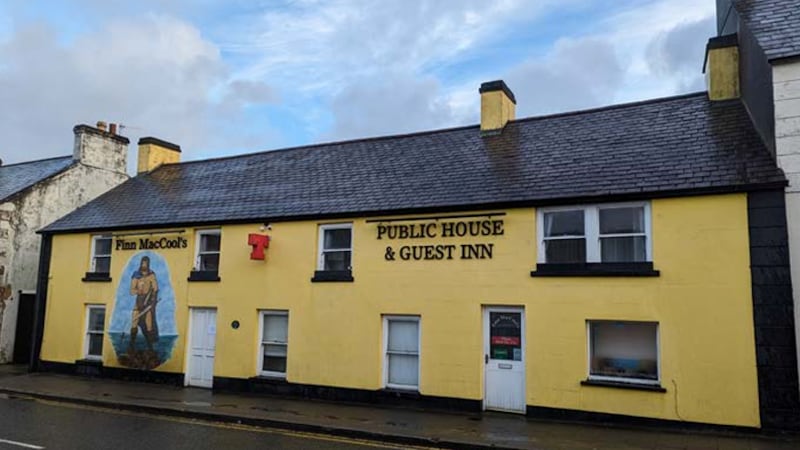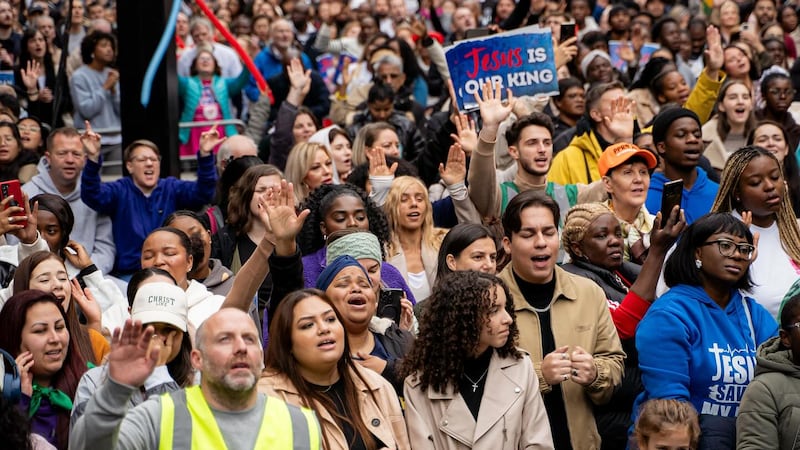CANCER patients in Northern Ireland are facing a “ticking time bomb” for diagnosis and treatment over a chronic shortage of doctors, a new report has found.
Two reports by the Royal College of Radiologists (RCR) said the demand for radiologists and oncologists is growing faster than the workforce.
With a shortage of 56 radiologists in Northern Ireland, the reports questioned why an “unsustainable” £11m was spent last year on “temporary workforce solutions” – enough money to hire 98 radiologists.
Despite a cancer patient’s risk of death increasing by 10% every month that treatment is delayed, every radiology leader in the north last year reported delayed diagnostic scans due to staff shortages.
A total of 80% also said they lacked enough radiologists to deliver safe and effective care.
Calling it a “tragic situation,” the RCR predict Northern Ireland’s 27% shortfall of radiologists will rise to 41% by 2029.
A 14% shortage of oncologists is also expected to increase to 22% in the same period.
Dr Katharine Halliday, President of the Royal College of Radiologists, said the outlook for services was “bleak” without boosting staff numbers.
“We are doing all we can to boost productivity, but there’s a limit to how far we can go. The reality is we simply don’t have enough staff,” she said.
“Any credible plan to cut waiting lists relies on having the headcount to meet the demand we face today, let alone tomorrow. The longer we delay action, the worse it gets. The government must train up more radiologists and oncologists to defuse this ticking time bomb for cancer diagnosis and treatment.”
Contributing anonymously to the report, one consultant clinical oncologist said: “Our waiting times for breast radiotherapy are now the worst I have ever known in 20 years.
 Dr Katharine Halliday, President of the Royal College of Radiologists.
Dr Katharine Halliday, President of the Royal College of Radiologists.
“Patients are waiting over four weeks to be seen… and then another eight weeks to start radiotherapy.”
Others reported colleagues on leave with stress-related health issues and having to hire locum staff from high-cost agencies.
Responding to the report, a Department of Health spokesperson acknowledged the shortages but said there had been “significant investment” to grow the imaging workforce in Northern Ireland over the last 10 years.
Commissioned Radiology medical specialty training places have also increased by half, from 37 in 2015/16 to 56 in 2025/26.
A business case is being developed for a multi-professional Northern Ireland Imaging Academy, which aims to increase the supply of locally trained consultant radiologists and advanced radiographer practitioners.
It is hoped this will increase imaging capacity for all clinical specialties, reduce waiting lists for diagnosis and treatment and meet demands from unscheduled care.
 The Royal College of Radiologists has said training more specialists will “future proof” cancer services and reduce spend on locums. (Alamy Stock Photo)
The Royal College of Radiologists has said training more specialists will “future proof” cancer services and reduce spend on locums. (Alamy Stock Photo)
This remains subject to finding extra recurrent funding and approving the business case.
In the last four years, the Department said it had provided nearly £11m to help health trusts stabilise oncology and hematology services.
This has created an extra 167 Whole Time Equivalent (WTE) posts including consultants, nurses, clinical technologists, clinical scientists, pharmacists and administrators.
The spokesperson also said plans for extra investment in Rapid Diagnosis Centres would allow rapid access to imaging to support cancer diagnosis and ongoing treatment.
A review of radiotherapy services in the north will also consider how to improve “the current high levels of performance” at the two regional Radiotherapy Centres based in the Northern Ireland Cancer Centre and North West Cancer Centre.


